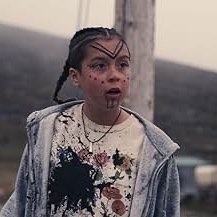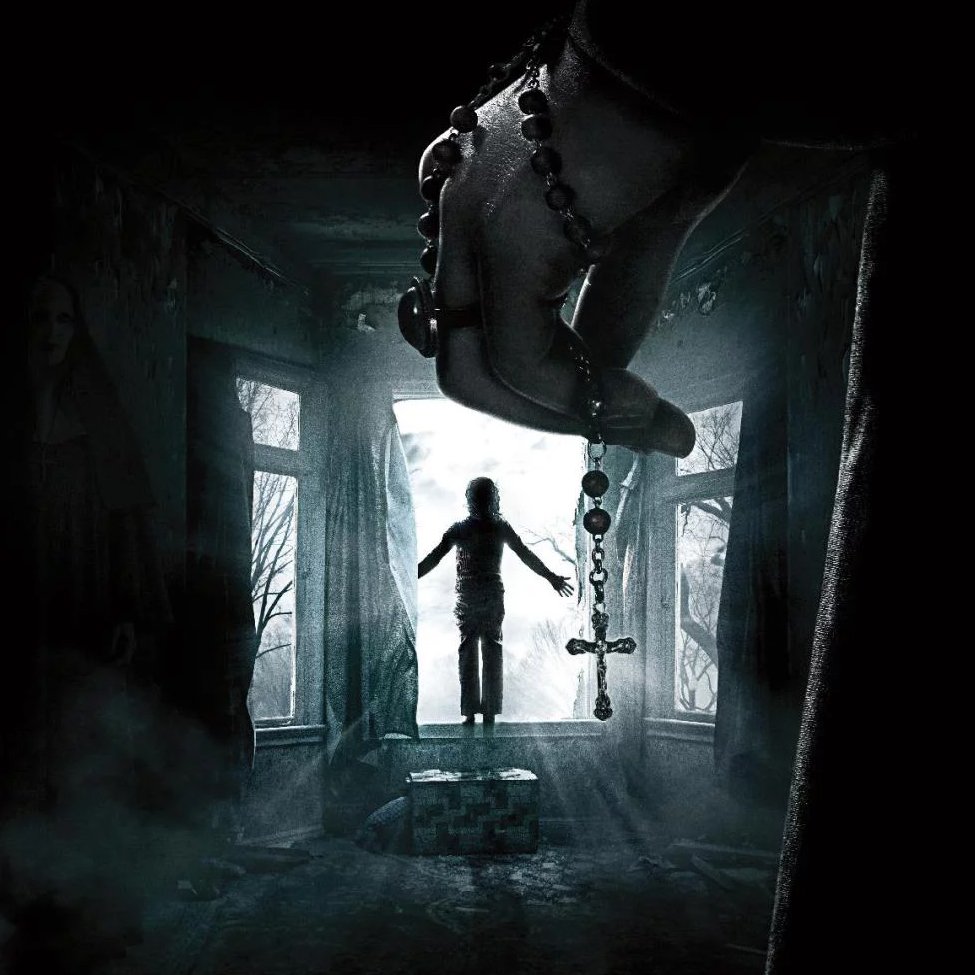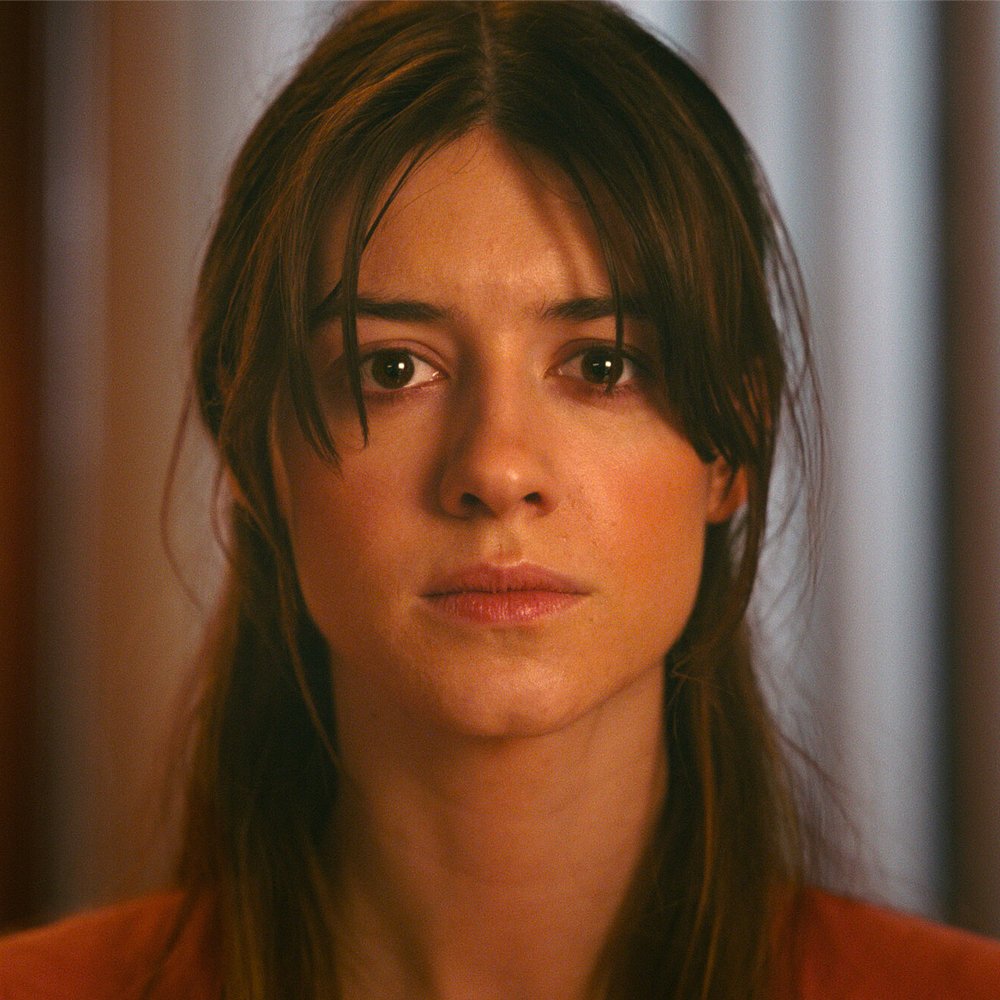Weekly Horror: The Witch
It’s no surprise that that The Witch, Roger Eggers’ 2016 directorial debut, garnered an instant cult following, multiplied its budget tenfold at the box office, and even received a congratulatory tweet from Stephen King, who succinctly deemed it “a real movie.” The success of The Witch can be attributed to a paradox that baffled viewers at the time. How did a remote family of seventeenth-century Puritans manage to disturb and devastate horror audiences conditioned to mega-budget knockouts, such as James Wan’s ghostly gore features Insidious and The Conjuring? Well, the ingredients to this theatrical potion are poisonously simple: lingering Christian dread, intimate persecution of a blossoming female protagonist, and a Satanic goat named Black Philip.
In The Witch, Eggers induces suffocating anxiety via the veneer of “A New-England Folktale.” Specifically, a sense of slow-burning unease permeates through the opening sequence. Rag-clad patriarch, William (Ralph Ineson), forsakes his family’s safety due to a “prideful” disagreement within his obsessively devout community. He packs his belongings and family onto the back of a decrepit cart, setting off into the unknown. His severe wife, Katherine (Kate Dickie), stares directly into the camera while her children cling onto her. Among the siblings, teenaged Thomasin (Anya Taylor-Joy) shines like a blonde-haired beacon in this grim scene. As they shrink away from the holy compact of a Puritan settlement and sink into the fathomless forest of the New World, a primal empathy clogs your throat, urging you to warm them.
The film showcases the ways that isolation, starvation, and Christian guilt can curdle love into paranoia. Still, what if this religiously-wrought tension isn’t enough to leave you slack-jawed? Then you’ll be masochistically enthralled by the witch’s grisly hunt after the family, starting just ten minutes into the film.
Eggers examined paintings ranging from the broomstick-soaring women of Hans Baldung’s The Witches Sabbath (1510) to the contorted levitation of an entire cult in Francisco Goya’s The Witches’ Flight (1798) in his voracious research for The Witch. These classical artistic influences innervate the film’s bleak atmosphere. You are hardly surprised by the time a circle of nude women orgiastically writhes into mid-air amongst animalistic chanting. You were already shell-shocked by the massive raven violently pecking at a mother’s breast, by the glistening apple erupting from a child’s throat and – most of all – by the witch coating her sagging flesh with the mashed entrails of an unbaptised infant. However, this imagery, from a “Puritan nightmare,” as Eggers refers to it, is not nearly as visceral as one of the thematic undertones spiked throughout the plot.
The horror film canon has always had an unsettling penchant for depicting the supernatural degradation of young women, spanning from Regan’s demonic possession in 1973’s The Exorcist to Jay’s escape from a ghoul of sexual shame in 2014’s It Follows. Thomasin, the rosy-cheeked protagonist of the film, is debased in one of the starkest sequences in this tradition. Her mother accuses her of seducing her brother, while her father deflects his theft onto her. Even her twin siblings accuse her of casting a curse. By the time Black Philip reveals himself to be Satan incarnate, his hellish offer to enter the legions of similarly defiled witches (“Wouldst thou like to live deliciously?”) caresses like a healing balm upon the wounded senses of the audience. This spell-crafted depiction of the way that young women are often demonized for their emerging sexuality is what elevates this film from a Hawthorne-fueled hallucination into a feminist commentary. After 93 minutes of stomach-churning grief and allegorical degradation, any audience member would surely pick up Black Philip’s pen, sign Satan’s book, and coalesce into an army of wronged women – or witches, to be clear.




























